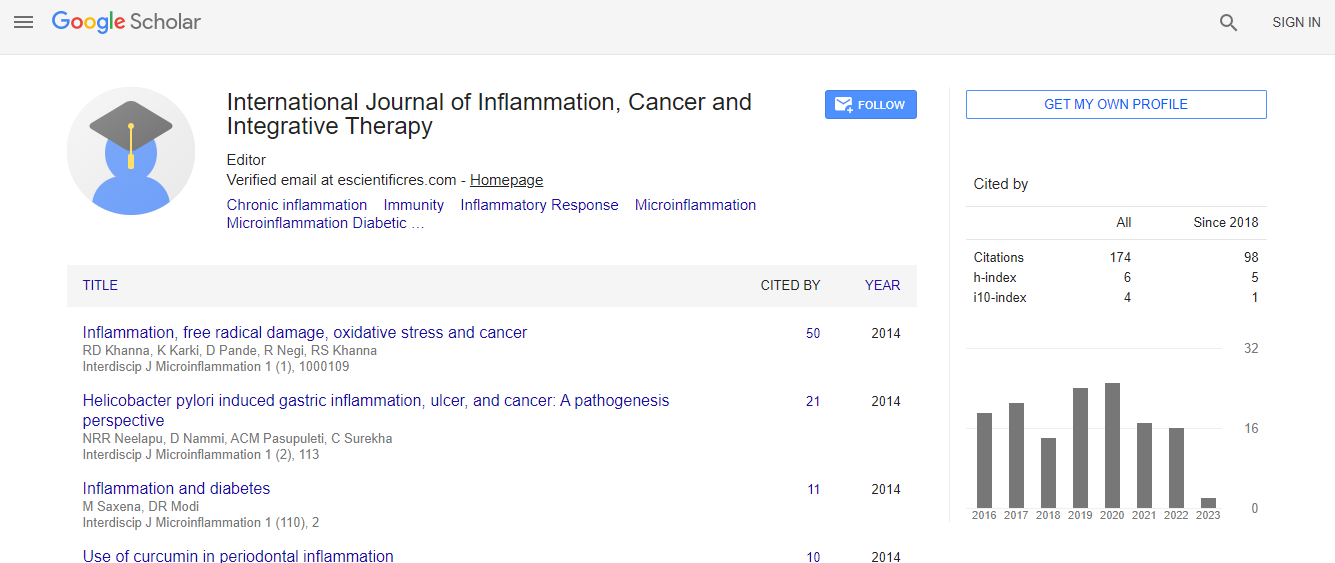Research Article
Isolation of Vibrio cholerae in Homogenized Tissues of Liver, Gall Bladder and Bile in Rabbit Model
Atif AB1*, Uday Y1, Aamenah M2, Nordin S1, Khattak MN3, Adzim MK1, Shamim AK1 and Hasnan J41Faculty of Medicine and Health Sciences, Universiti Sultan ZainalAbidin, Malaysia
3Communicable Disease Control, Alberta Health Services, Canada
4Department of Pathology, School of Medical Sciences, University Sains, Malaysia
- *Corresponding Author:
- Dr. Atif Amin Baig
Faculty of Medicine and Health Sciences
Universiti Sultan Zainal Abidin, Malaysia
Tel: +6096275587
E-mail: atifamin@unisza.edu.my
Received date: June 12, 2014; Accepted date: June 17, 2014; Published date: June 19, 2014
Citation: Atif AB, Uday Y, Aamenah M, Nordin S, Khattak MN, et al. (2014) Isolation of Vibrio cholerae in Homogenized Tissues of Liver, Gall Bladder and Bile in Rabbit Model. Microinflammation 1:103. doi: 10.4172/2381-8727.1000103
Copyright: © 2014 Atif AB, et al. This is an open-access article distributed under the terms of the Creative Commons Attribution License, which permits unrestricted use, distribution, and reproduction in any medium, provided the original author and source are credited.
Abstract
Vibrio cholerae O139 is well known as the causative agent of cholera. It is noninvasive but many reports suggested it to cause bacteremia which brings in a little controversy with the previously reported old literature especially after reported histopathological invasion pattern of Vibrio cholerae O139 and Vibrio cholerae O1 ElTor. The rabbits were processes for ileac loops inoculation of Vibrio cholerae O139 followed by biochemical and molecular analysis of the presence of Vibrio cholerae O139 in liver, gall bladder and bile. We concluded the presence of Vibrio cholerae in liver, bile and gall bladder homogenized tissue. Retrograde spreading of bacteria to the liver via the common bile duct was excluded by complete closure of the intestinal lumen distant to the duct in the intestinal lumen. However, the bacteria might traffic, probably via macrophages, to distant area in the body including the liver. Another study in future is a need to identify the lesions of Vibrio cholerae invasions within liver and gall bladder by immunohistochemistry and using GFP visibility for Vibrio cholerae passage.

 Spanish
Spanish  Chinese
Chinese  Russian
Russian  German
German  French
French  Japanese
Japanese  Portuguese
Portuguese  Hindi
Hindi 
